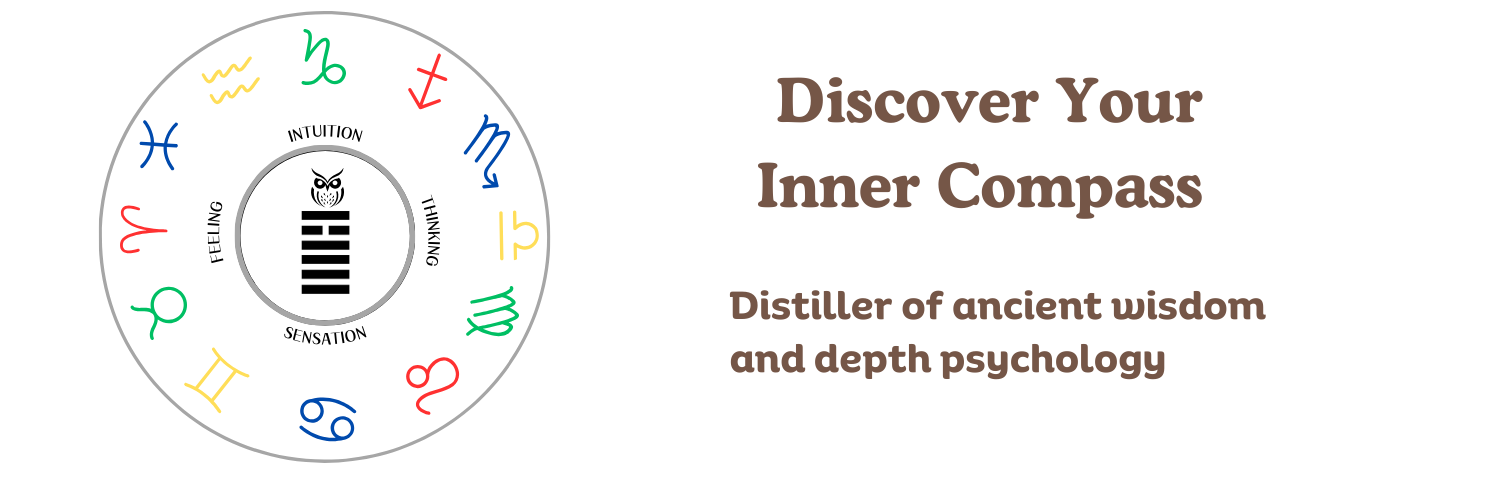Carl Jung had a circular view of the personality, as you can see from his drawing below of the four functions as a compass:

That’s because Taoism strongly influenced the development of Jung’s typology. The Chinese concept of the Tao is based on polar opposites and is the “reconciler of all opposites.” It has a circular and polar view of the soul, as did Jung.
Jung was also a Judeo-Christian. There was no conflict between his Western spirituality and his Eastern spirituality. As a scientist he wanted to explore all options available for healing his patients.He regarded spirituality as the primary underlying principle in psychology.
He discovered Taoism while recovering from his break with Freud. As he developed typology, it was with an emphasis on understanding the differences between people. He wanted to find the unity that compensated for the wide diversity in people, to both accept and transcend opposites, which led him to the Tao.
A Taoist approach to typology differs from the linear view of growth we tend to have when working with typology. We “work” on our inferior function. But as Jungian analyst John Giannini wrote, the Taoist approach “means surrendering some aspects of a dominant function or coupling, and learning to value the other types in your personal compass of the Soul…Like Taoism, typology challenges us to live a full life in which conscious success must be balanced by a ‘rekindling of humility in the face of the Self.”
Here is what Jung said about the compass:
“The four functions are somewhat like the four points of the compass; they are just as arbitrary and just as indispensable. Nothing prevents our shifting the cardinal points as many degrees as we like in one direction or the other, or giving them different names. It is merely a question of convention and intelligibility. But one thing I must confess: I would not for anything dispense with this compass on my psychological voyages of discovery.”
